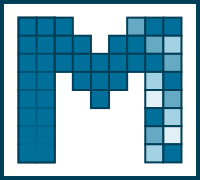

Login
Assignment
| Aim of method usage: |
|---|
|
| Method classification: |
|
| Process phase: |
|
Useful links:
| Glossary |
| Privacy Policy |
| Literature |

Logical Function Structures
Logical function structures (LFS) are used to define and analyze technical systems in terms of information processing without specifying the implementation of each function. For that, an abstract description is given of either single operating parameters of the overall system or individual system elements, followed by their linking with a logic funtion (NOT, AND, OR). The goal is to abstractly describe a technical system's initial state through the dependency of input variables.
Procedure
- Analysis: analyze either by referring back to an existing system or based on the task how the system is meant to be.
- Input and output variables: identify input and output variables for the system.
- Encoding: encode chosen variables i.e. describe states and assign 1 and 0
- Value table: create value table that contains all states. For n input variables you get m=2^n lines.
- Link: find and add the initial state for all lines in the value table, then write down the logical function for the output variable depending on the input variable like this: X=f(Y,Z)
- Simplification: the logical functions can be simplified by applying the disjunctive or conjunctive normal form, the Karnaugh diagram, algorithms or axioms of the Boolean algebra.
- Block diagram: The logical relations are depicted in block diagrams for visualizing purposes. From that, it is possible to extrapolate a plausible - for example mechanical or electrical - implementation.
| go back |
zur Startseite



